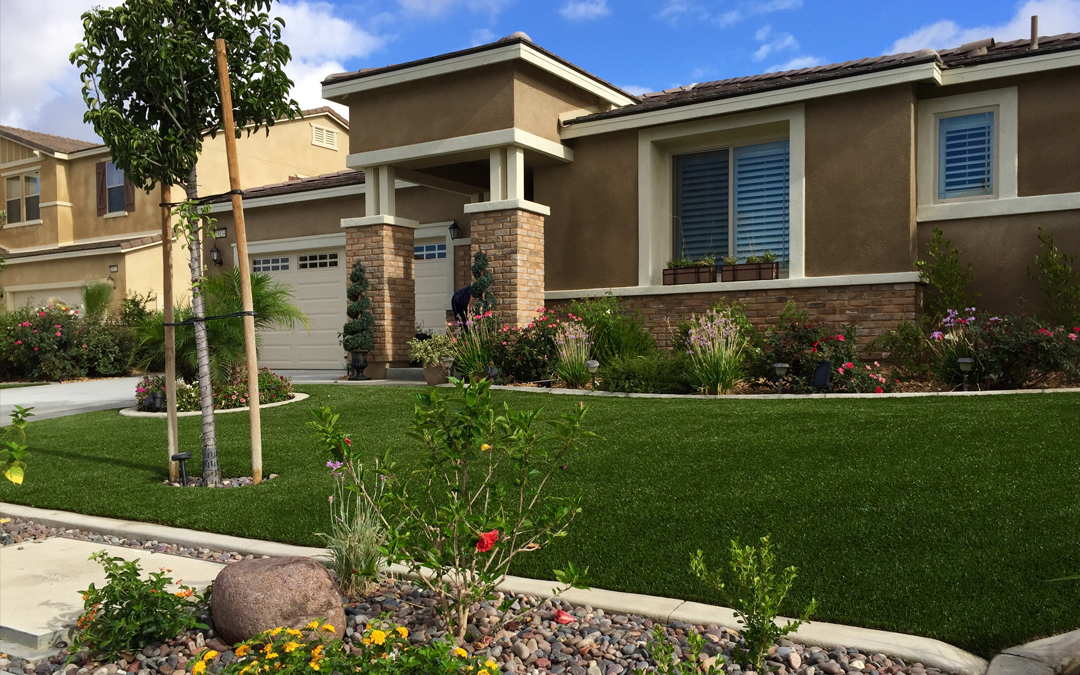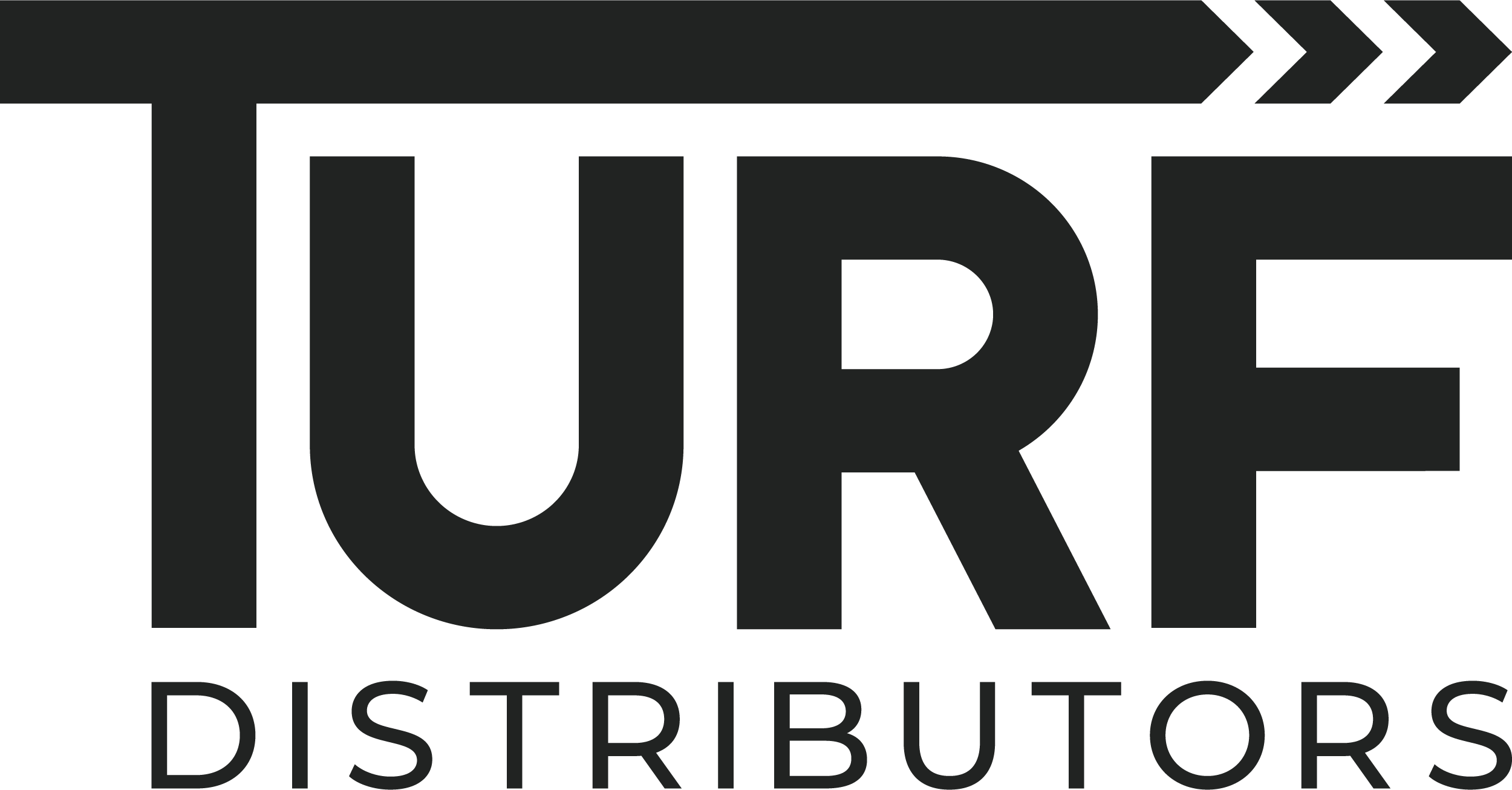
1. Conserve Water
Homeowners can save money on water by switching to artificial turf!
The EPA estimates that it takes about 9 billion gallons of water a day to keep America’s grass lawns green! And in California about 50% of residential water use goes toward landscape irrigation.
By switching to artificial turf, you can lower your monthly water bill while avoiding water waste fines.
2. Make Time for Moments that Matter
Take your weekend back! Spending Saturdays weeding, seeding, and mowing can cause you to miss out on some of life’s most important moments.
By investing in artificial turf, you can not only save money, but also recover lost time.
From backyard barbecues to catch with the kids, Turf Distributors’ durable, soft-to-the-touch turf has you covered. And because TD lawns require virtually zero maintenance, you can be there for it all!
3. Increase Curb Appeal
Green lawns communicate prosperity and boost curb appeal, thereby increasing property values in your area.
Be the neighborhood hero by swapping your dying grass lawn for beautiful looking turf.
4. Reduce Runoff
The biggest contributor to urban runoff is landscape irrigation. You can slow the spread of pollutants to our waterways by switching to drought-friendly landscaping.
By eliminating runoff from your property you can also avoid possible water waste fines.
5. Avoid Infestations
Artificial grass isn’t a habitable environment for pesky pests. So naturally this leads to less critters camping out on your property.
By using artificial turf installation accessories like gopher wire, you can further reduce your chances of developing an infestation.
6. Provide a Better Place to Play
Playgrounds aren’t always the best place for kids to play. Concrete, mulch, and hard plastic, are a recipe for scrapes, splinters, and falls. And natural grass isn’t much better!
Traditional turf is more susceptible to holes and divots than artificial grass. This increases the risk of falling. Living grass is also itchy, stains clothes, and causes allergies to flare. In fact, it’s estimated that grass allergies affect 10 to 30% of kids in the US.
Artificial turf offers a softer surface for children to play on, so when they do fall, they’re less likely to get hurt. It’s also hypoallergenic and less likely to attract harmful microbes.
